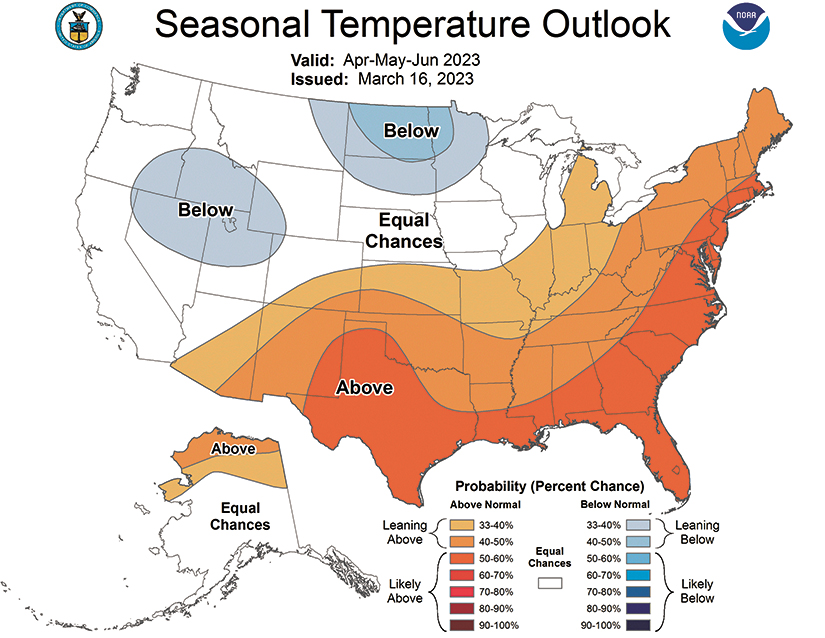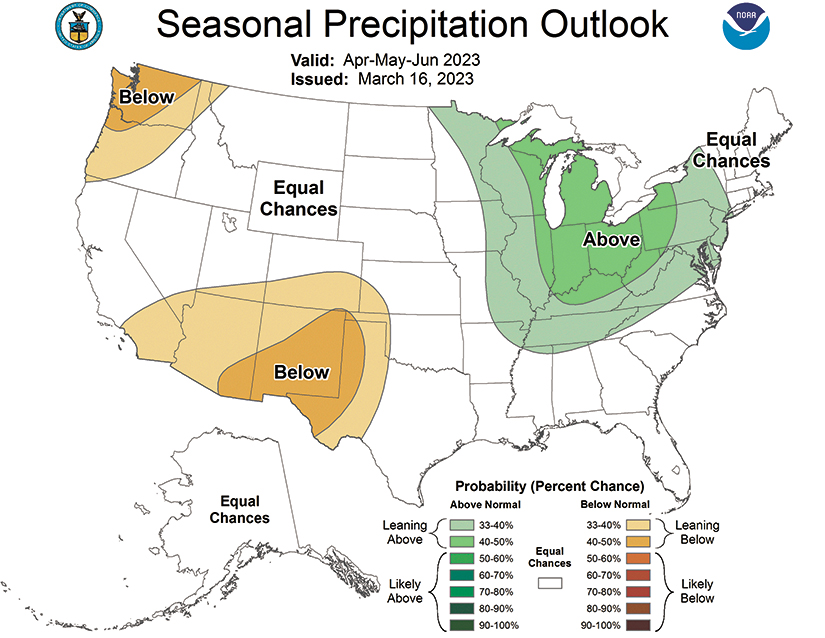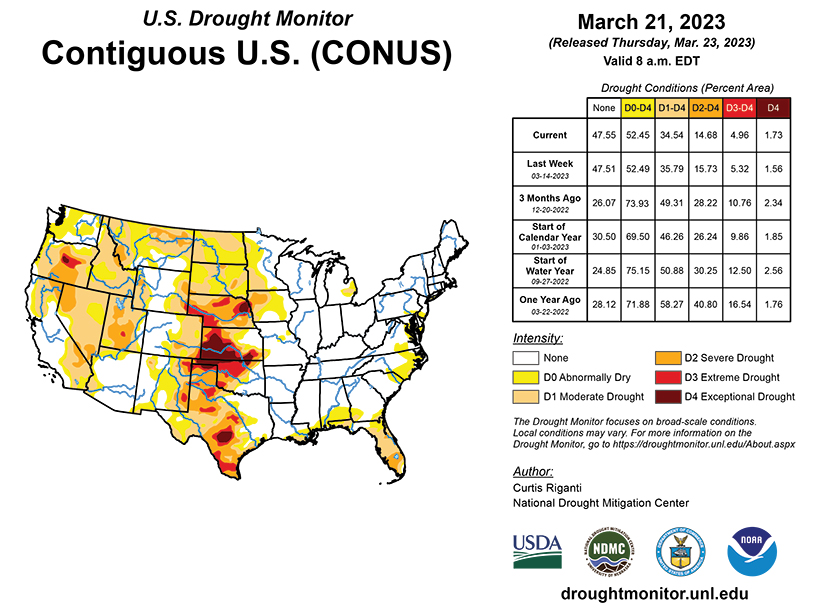Hang on to your hats everyone as we survive interest rate hikes, and more and more snow with resulting flooding in some areas, while other parts of Nevada are still extremely dry.
I want to start this month by discussing the impacts of rising interest rates. Producers need to monitor their credit scores, and be strategic in how and when they access credit. The best-case scenario would be to ride this current situational high out without accessing any credit, but if you do need to access credit, pay attention to interest rates. We all know that somehow, this will have an effect on agriculture; we just do not know how to anticipate the consequences right now.
The impending flooding is also something to keep an eye on, as it will affect the production of hay, and agriculture and the natural resources infrastructure. While different parts of the state are being hit with heavy snow, there are still signs that drought exists. For example, take into consideration the Humboldt River. There are parts of this river that are dry (35 miles of dry riverbed) as reported by the USDA, Natural Resources Conservation Service as of March 1, 2023. This river feeds the Lovelock area, which has thousands of acres of irrigated hay ground. The same report said Rye Patch reservoir has 185k acre-feet of storage space to fill, with promising storms on the way. There is diversity throughout Nevada, and each storm pattern is different on its impacts to each area. It seems this year that the Humboldt system is behind in its snowpack from the rest of the state. The full USDA, NRCS report can be found at wcc.nrcs.usda.gov/ftpref/support/states/NV/wsor/NV-WSOR-2023-3.pdf
The biggest issue with the snowpack is when it starts to melt and we see dramatic increases in run off. The weather patterns are causing different types of flooding. When I first saw the pictures of Smith Valley, NV flooding, I originally thought it was the river. After looking at gauges in the area, it was easy to see that the water was not from an overflowing river, but out of a creek area called “Desert Creek” that was not part of the river system at all. These types of events have the ability to cause huge infrastructure losses in systems that already need infrastructure repair. The first step is to get through March and April and see where the reservoir storage is at, and evaluate the infrastructure damage due to excess water. Below are the Climate Prediction Center Forecast from the National Oceanic and Atmospheric Administration (NOAA) for seasonal Temperatures and Precipitation. We seem to be mostly in the Equal Chance (EC) area, with the exception of temperatures in the Elko and Humboldt County areas.
The other thing to take into consideration, and the final point that I would like to make, is the tool that is most widely used today to determine agricultural support programs is the “Drought Monitor.” According to the Monitor, as of March 21, 2023, Nevada still is experiencing drought conditions. It is also important to note that there are several conditions that impact drought. While there may be significant surface water (snow pack) in some areas, this does not mean that the rangeland will not have a drought impact in 2023. It will depend on continuing weather patterns. In addition, too much water can have a negative impact on agricultural crops, especially vegetable crops. If there is too much moisture, it will damage plants and overall production. Livestock production is also impacted as producers have most likely had to feed more hay with this long winter. Calving was also an issue for some producers.
I am finishing writing this and I see the sun through my office window. The first day of spring was this week. I encourage everyone to stay strong and to let the agencies know the situations you are facing. It is important that all producers know the support programs out there for buying hay, flooding, and repairing or working on your infrastructure.
By Staci Emmn | Editorial



